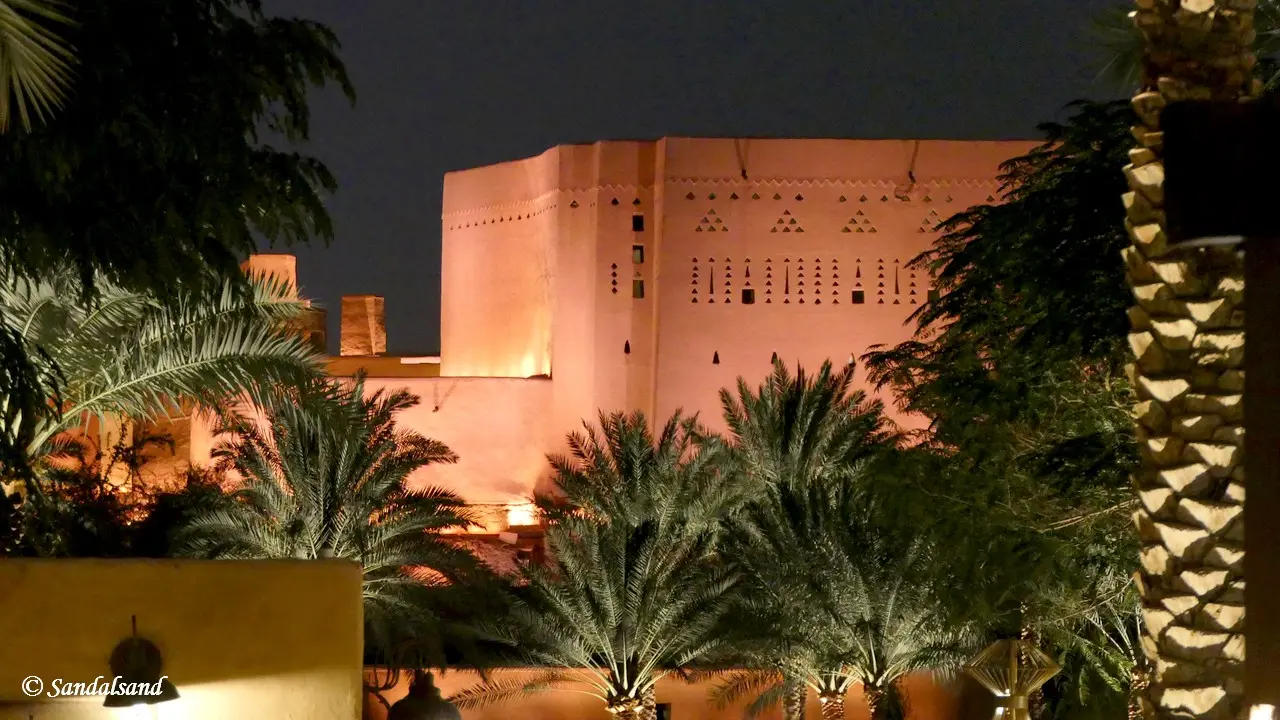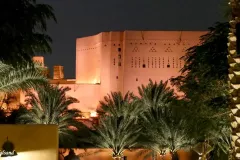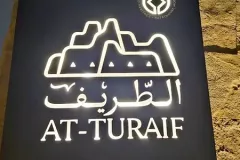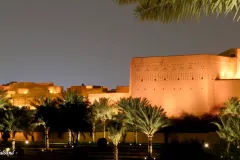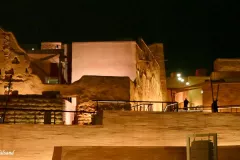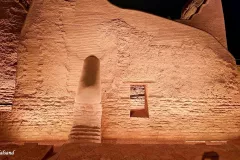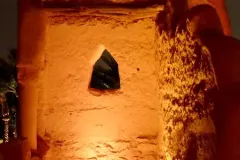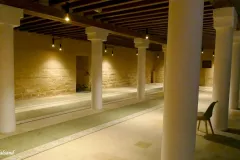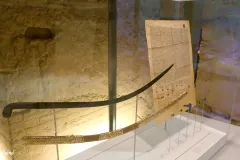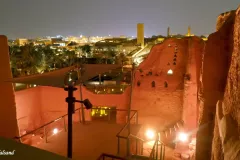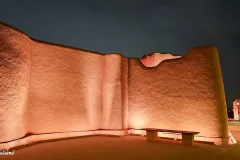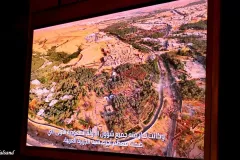The At-Turaif district in Riyadh was the first capital of Saudi Arabia. It has been restored into a prominent tourist destination.
The UNESCO World Heritage List includes over a thousand properties. They have outstanding universal value and are all part of the world’s cultural and natural heritage.
Official facts
- Official title: At-Turaif District in ad-Dir’iyah
- Country: Saudi Arabia
- Date of Inscription: 2010
- Category: Cultural
UNESCO’s World Heritage Centre’s short description of site no. 1329:
This property was the first capital of the Saudi Dynasty, in the heart of the Arabian Peninsula, north-west of Riyadh. Founded in the 15th century, it bears witness to the Najdi architectural style, which is specific to the centre of the Arabian peninsula. In the 18th and early 19th century, its political and religious role increased, and the citadel at at-Turaif became the centre of the temporal power of the House of Saud and the spread of the Salafiyya reform inside the Muslim religion. The property includes the remains of many palaces and an urban ensemble built on the edge of the ad-Dir’iyah oasis.
More about it
That short description contains many keywords worthy of an explanation, so here is an attempt. The Saudi Dynasty is the royal dynasty which today rule Saudi Arabia with unlimited power. The country is an absolute monarchy. Much of what we encounter today of nation building is related to this dynasty and its effort to secure an independent state. Surely, that includes not least to secure their own position on top of everything.
The Najdi architectural style simply refers to the traditional way of constructing mud-brick houses and villages in the central part of the Arabian peninsula. The Salafiyya reform was a revival movement within Sunni Islam during the late 19th century. Moreover, it has remained influential in the Islamic world for over a century. Salafi Muslims oppose religious innovation and support the implementation of sharia (Islamic law). The present regime in this country is a particularly conservative orientation within Islam.
The Diriyah oasis lies on the north-western corner of Riyadh, the capital of Saudi Arabia. It will presumably be engulfed by the city in a few years. It served as the capital of the Emirate of Diriyah under the first Saudi dynasty from 1727 to 1818. That year the Ottomans regained control and sacked the capital thoroughly.
After 1818 the former capital, fortress and town on the hilltop was largely left to itself for almost two hundred years. The people simply did here what to did elsewhere in the country, built a new town nearby. In 2000 the Saudis initiated a massive restoration project and crowned their effort with the prestigious UNESCO logo in 2010. At-Turaif is now promoted as a major tourist destination in the country. It is also an integral part of the larger Saudi Vision 2030.
The above account builds on various articles found on Wikipedia.
My visit
I came here one evening in 2024 and entered what they now promote as the Bujairi Terrace. “From international fine dining and delectable light bites to designer desserts and delicious breakfasts, Bujairi Terrace offers a distinctive selection of carefully curated cuisine.” It seemed like a very nice place. However, I had locked my eyes on the view of the other side of the wadi.
There is a park on both sides of this dry river bed (wadi). Across it, the former citadel was lit by a number of spotlights inviting us to come even closer. And so we did. The heritage site contains a number of palaces, museums and pathways. The restoration efforts has obviously done a lot to this place, although not to all parts. It was a delight to walk around in what turned out to be a maze of buildings and narrow alleys.
It was difficult to judge what was authentic and original, restored, or simply re-imagined. We we will have to trust UNESCO on that part. I found it interesting to notice, once more, how the Saudi authorities are keen on establishing a visible and material link between the challenging modernisation of a contemporary Saudi Arabia and the kingdom’s once forgotten past.
Riyadh was the second stage on my journey across the Arabian peninsula, and I was to discover several more examples of this practice. I might also add that visitors should come after sunset and spend some time dining at the terrace across the wadi. That would make a full evening just perfect.
Find more articles from Saudi Arabia here on Sandalsand, including other World Heritage Sites.

